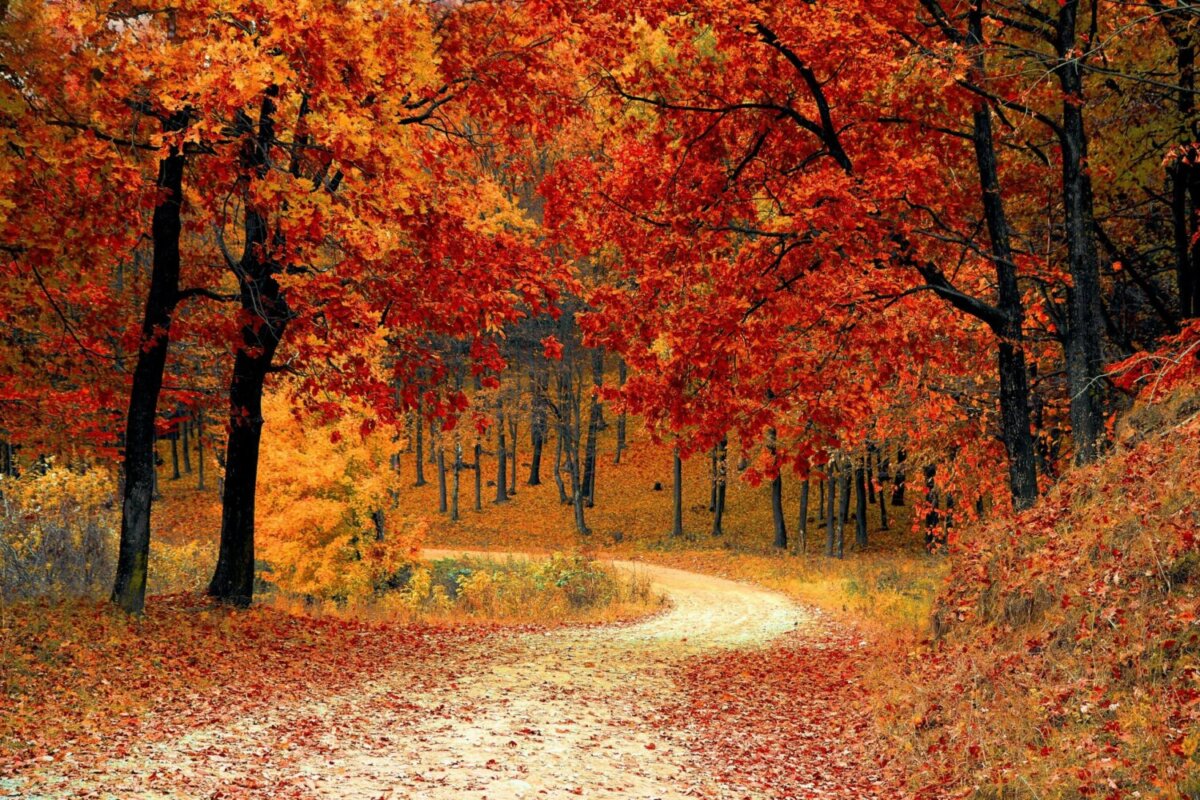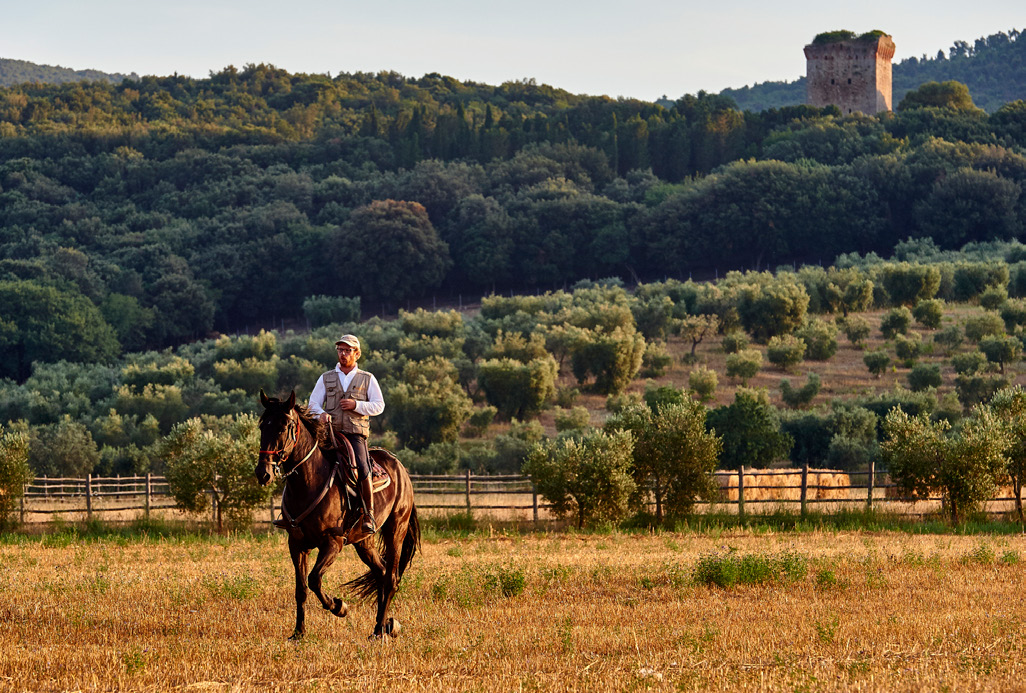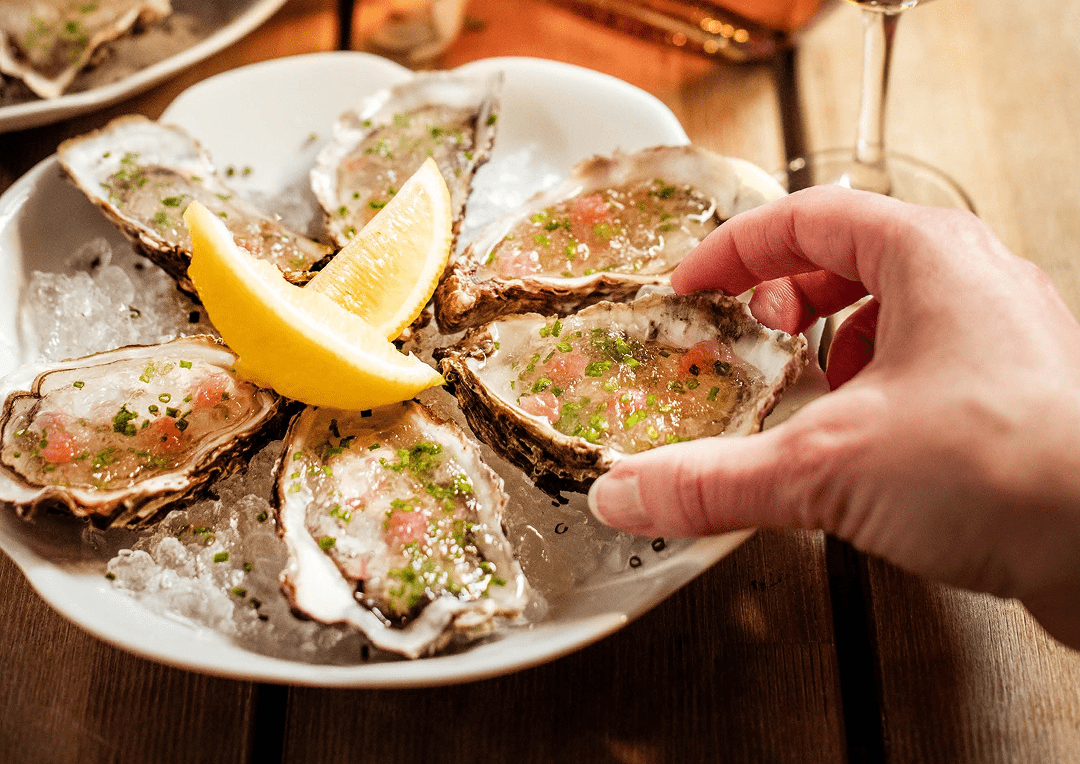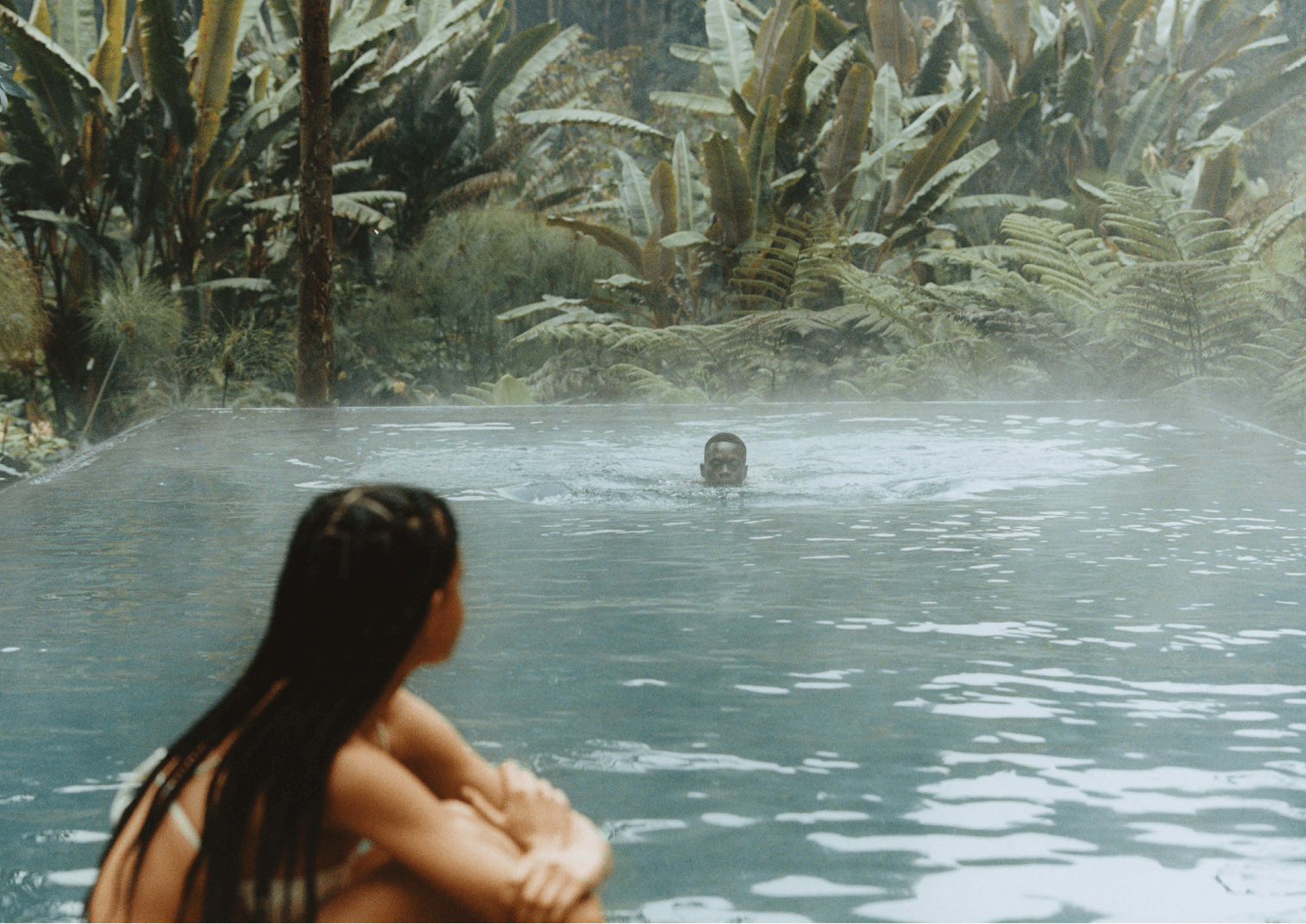Chances are people won’t know about the Maremma, a former Etruscan stronghold that remains a closely guarded secret among in-the-know Italians. Extending along the Tyrrhenian coast, from Livorno through the province of Grosseto in southern Tuscany, and into Lazio, this undiscovered region was once considered to be Italy’s wild frontier. Ruled by the Etruscans and Romans, it fell into disarray after the fall of the Roman Empire, its marshlands succumbing to bandits and malaria.
While the marshlands were drained by Mussolini in the 1930s, time continues to stand still in this scarcely populated region – making it an ideal slow-travel destination for those in the know. You’ll be rewarded with an incredibly varied landscape, taking in a sparkling coastal swathe dotted with deserted beaches, world-class wine estates, ancient Etruscan hilltop villages, thermal baths, and spectacular nature reserves waiting to be explored on foot, bike, or horseback.
Below, we take you on a journey through Maremma’s highlights – better experienced in autumn, when temperatures are pleasant and Italian holidaymakers have left.
Autumn in the Maremma: Tuscany’s Hidden Gem
Go wild in the Parco della Maremma
Follow in the footsteps of the Etruscans
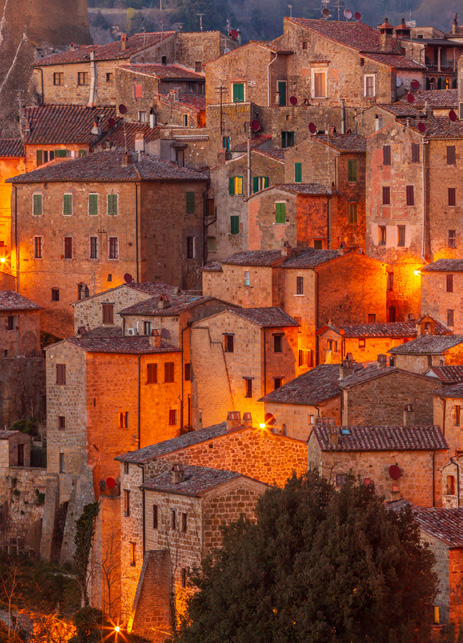
Explore Maremma’s rich Etruscan heritage in its ancient hilltop towns. Forming the atmospheric Città del Tufo (Tufa City) archaeological park, the historical towns of Pitigliano, Sovana, and Sorano were built on volcanic porous rock; beautifully preserved, they’re surrounded by a network of Etruscan tombs and mysterious sunken roads known as vie cave. Further north, you’ll find more heritage at the archaeological sites of Roselle and Vetulonia, and in one of Tuscany’s most charming Renaissance-era hilltop towns, Massa Marittima.
Play castaway on deserted beaches
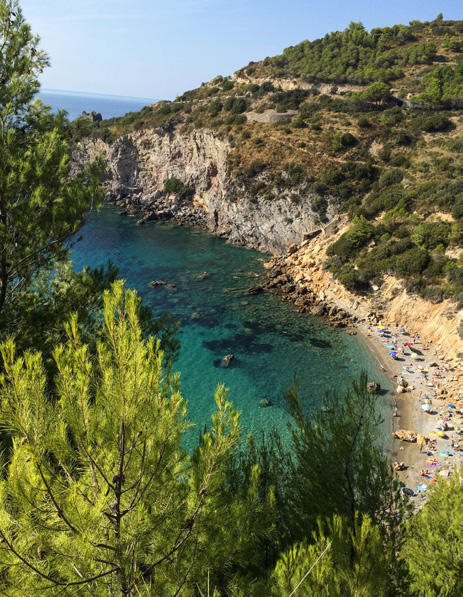
For real back-to-nature remoteness, head south from Parco della Maremma’s popular Marina di Alberese to Cala Collelungo or Cala di Forno. It’s worth noting that the latter is only accessible via a two-hour walk – or a more relaxing boat trip. Further north, in the Bandite di Scarlino Nature Reserve, Cala Violina is another sundrenched spot, while Monte Argentario in the south has hard-to-reach pockets of paradise, including Spiaggia Lunga, Cala del Gesso, and L’Acqua Dolce.
Discover a Roman playground
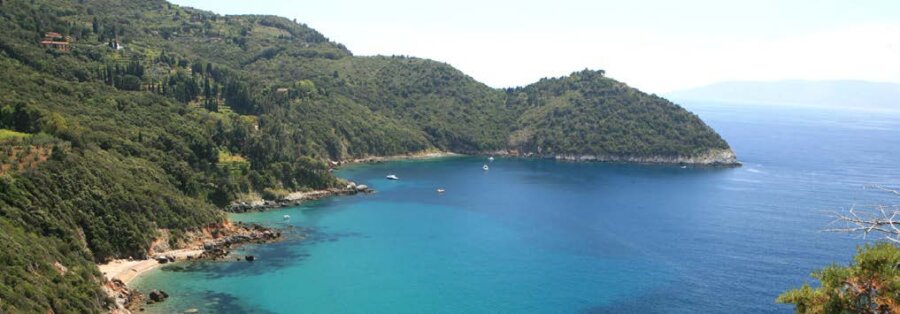
Talking of Monte Argentario – Maremma’s southern peninsula is where wealthy Romans flock to escape the city’s heat during the summer months. A wilder version of the Côte d’Azur, the peninsula is linked to the mainland by three narrow strips of land – one via a road slicing through a flamingo lagoon and the other two through pine-backed sandy beaches. For a snorkelling or diving expedition in search of sunken wrecks and secret caverns, charter a boat with a skipper from a fishing village turned stylish resort Porto Ercole.
Try some of Italy’s top wines
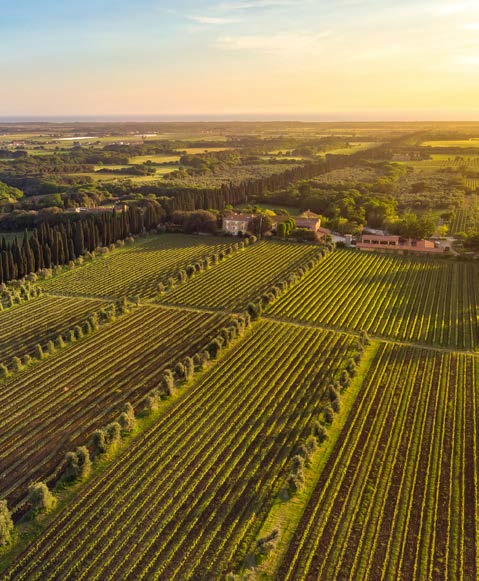
Ride into the sunset with cowboys
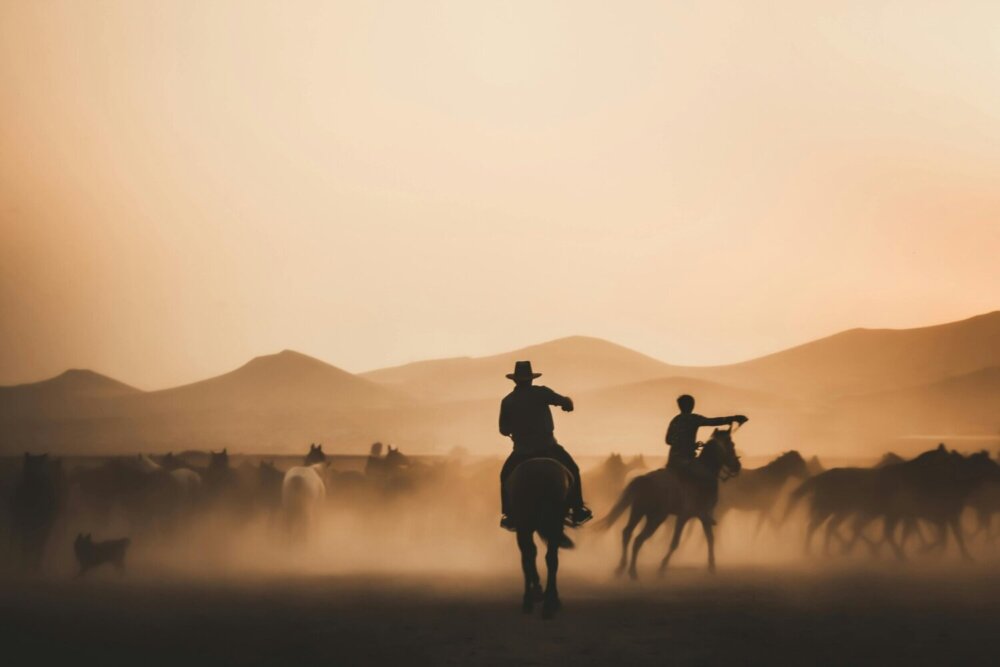
You read that right – there are cowboys in the Maremma. Called butteri, these cattle breeders and skilled horsemen follow a way of life that dates back to the Etruscan times. Fewer than 50 are thought to remain in the region, and most earn a living raising livestock, and producing wine, olive oil, and meats to sell to local vendors. Experienced equestrians can join them at farms such as Tenuta di Alberese to help on their rounds and go on thrilling horseback rides, which might end with a cooling splash in the emerald waters of the Tyrrhenian Sea.
Getting to Maremma
When in Rome… the Eternal City is an easy 90-minute drive from Maremma’s southern border; or approach the area from Florence or Pisa, which are about two hours’ drive from its northern region. The most convenient way to get around is to rent a car – you can easily spend a week here, meandering up and down the coast.
Words by Verena Neumayr-Howes
If the quiet charm of Maremma speaks to you, you might also enjoy our post on Hidden Harmonies of Japan: Discover peace in nature amidst Zen gardens
